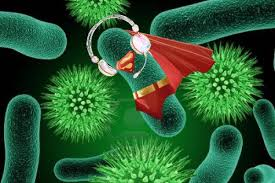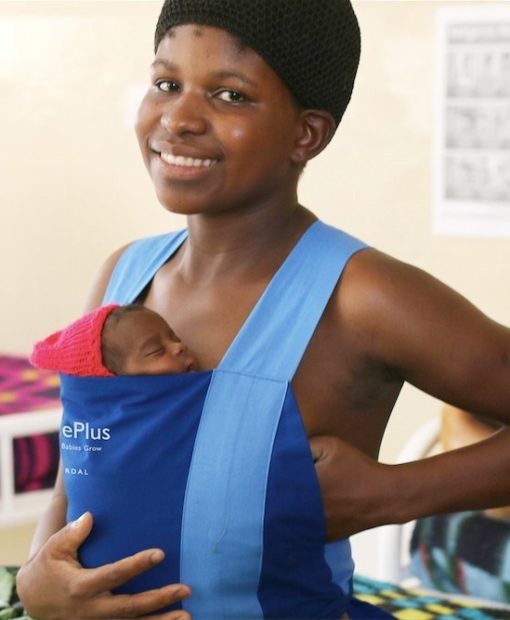Drug-Resistant ‘Super Gonorrhea’ a Growing Threat
But new drug shows promise against sexually transmitted disease in early trials
By Dennis Thompson
HealthDay Reporter

Drug Resistant ‘Super Gonorrhea’ a Growing Threat
Gonorrhea appears to be developing resistance to the two antibiotics that constitute the last available treatment option for the sexually transmitted bacteria, U.S. health officials announced Wednesday. Gonorrhea samples taken last spring from seven patients in Honolulu showed resistance to azithromycin at dramatically higher levels than typically seen in the United States, the U.S. Centers for Disease Control and Prevention reported at its STD Prevention Conference in Atlanta.
Five of the samples also showed increased resistance to ceftriaxone, the antibiotic given alongside azithromycin in the dual regimen recommended by the CDC. This is the first cluster of cases to show increased resistance to both azithromycin and ceftriaxone, said Dr. Jonathan Mermin, director of CDC’s National Center for HIV/AIDS, Viral Hepatitis, STD, and TB Prevention.
Data published by the CDC earlier this year showed evidence of emerging azithromycin resistance in gonorrhea samples found across the nation, but those infections were still susceptible to ceftriaxone. “Our last line of defense against gonorrhea is weakening,” Mermin said in a statement. “If resistance continues to increase and spread, current treatment will ultimately fail and 800,000 Americans a year will be at risk for untreatable gonorrhea.”
The news isn’t all bleak, however. At the same conference, researchers from Louisiana State University reported on an experimental oral antibiotic currently being tested that could offer a new option for treating gonorrhea. Gonorrhea is a bacterial infection that spreads through unprotected vaginal, anal and oral sex. More than 350,000 new cases were reported in the United States in 2014, according to the CDC. But, the agency believes that the exact number is much higher. Young people, especially those under 24, appear to be most at risk of gonorrhea, the CDC said.
Gonorrhea can cause burning and painful urination in men, along with yellow or green discharge from the penis, and swollen or painful testicles, according to the CDC.
Most women with gonorrhea either have mild symptoms or none at all, and the disease is frequently mistaken for a bladder or vaginal infection, the CDC said. Because of this, infected women are at risk of serious complications, including infertility, pelvic inflammatory disease and life-threatening tubal pregnancy. Gonorrhea can also cause serious health problems in newborn babies if an undetected infection is passed along during delivery, the agency added.
Since 2012, the CDC has recommended that both antibiotics be taken together — an injection of ceftriaxone combined with an oral dose of azithromycin — to make sure that patients are cured and thus to cut off any further transmission of gonorrhea, said Dr. Gail Bolan, director of the CDC’s Division of STD Prevention. By 2014, more than 97 percent of U.S. cases were treated this way, up from 9 percent in 2006, the CDC said. The Honolulu gonorrhea samples were taken from seven people in April and May 2016, the researchers said. All of the patients were successfully treated by the dual regimen of azithromycin and ceftriaxone, and no further cases have been identified, the researchers said.
However, the fact that one strain of gonorrhea exhibited both high-level azithromycin resistance and newfound resistance to ceftriaxone has set off warning bells among public health officials. “The future risk of gonorrhea becoming resistant to both of the recommended therapy medications in the United States is troubling,” said Dr. Alan Katz. He is a professor of public health at the University of Hawaii and member of the Hawaii State Board of Health. Hawaii is on the front line for antibiotic-resistant gonorrhea, Katz said.
“We’ve been one of the first states to see declining effectiveness of each drug over the years,” he said. “That’s made us extremely vigilant, so we were able to catch this cluster early and treat everyone found who was linked to the cluster.”
The experimental antibiotic, known as ETX0914, works differently from any antibiotics now on the market, the researchers said. In the laboratory, it has been effective against antibiotic-resistant strains of gonorrhea, and potentially could replace ceftriaxone in the recommended dual-treatment regimen. In a clinical trial, 179 gonorrhea patients were treated using either ETX0914 or ceftriaxone. ETX0914 cured nearly all patients, researchers reported. About 12 percent of patients reported mostly mild side effects that included gastrointestinal problems. Lead investigator Dr. Stephanie Taylor, a professor of medicine and microbiology at Louisiana State, said, “We are very pleased with these results, and look forward to seeing ETX0914 advance through additional clinical studies.”
More information
For more on gonorrhea, visit the U.S. Centers for Disease Control and Prevention.
SOURCES: U.S. Centers for Disease Control and Prevention, news release, Sept. 21, 2016;

 September 22, 2016
September 22, 2016




 May 19, 2018
May 19, 2018 




